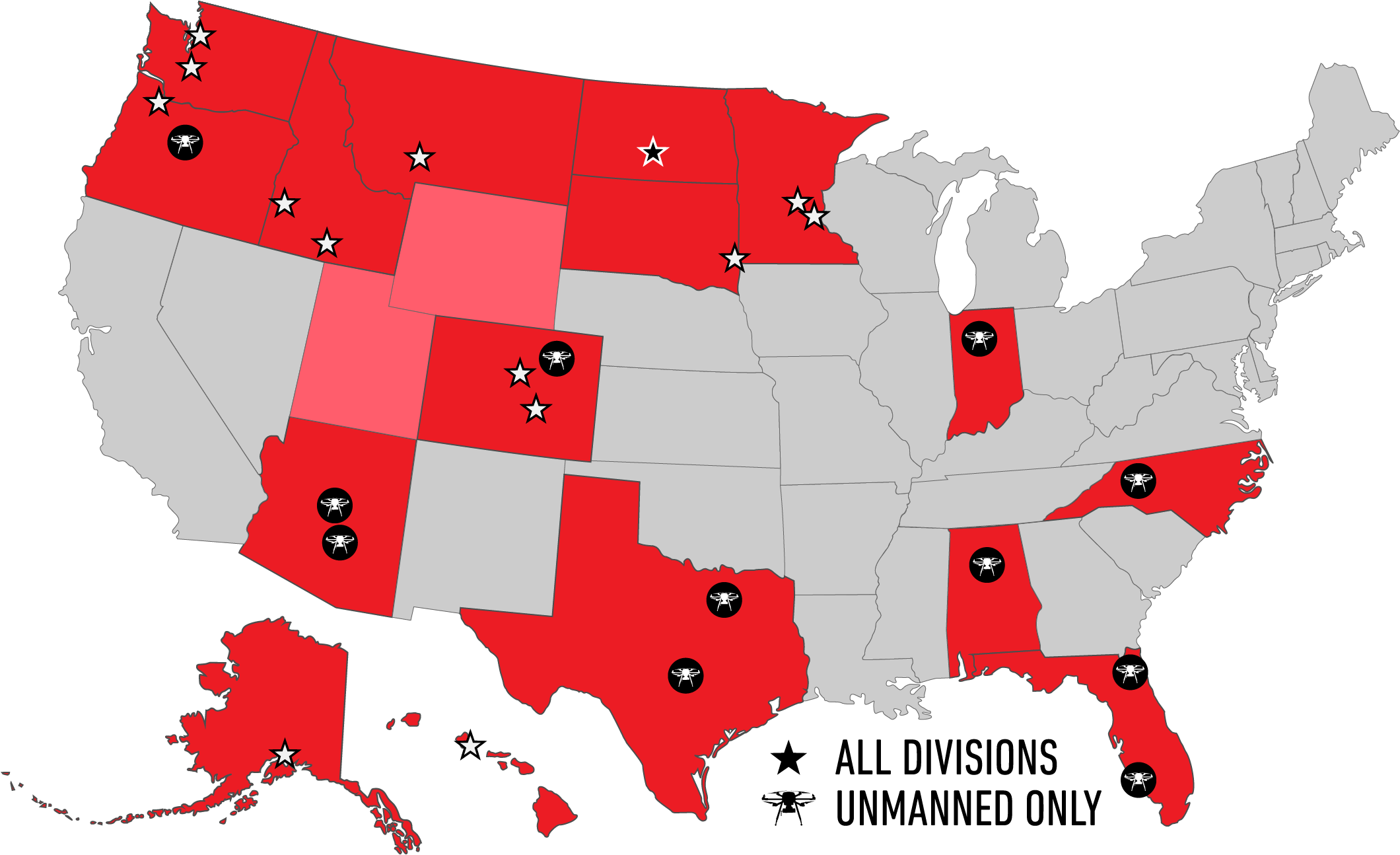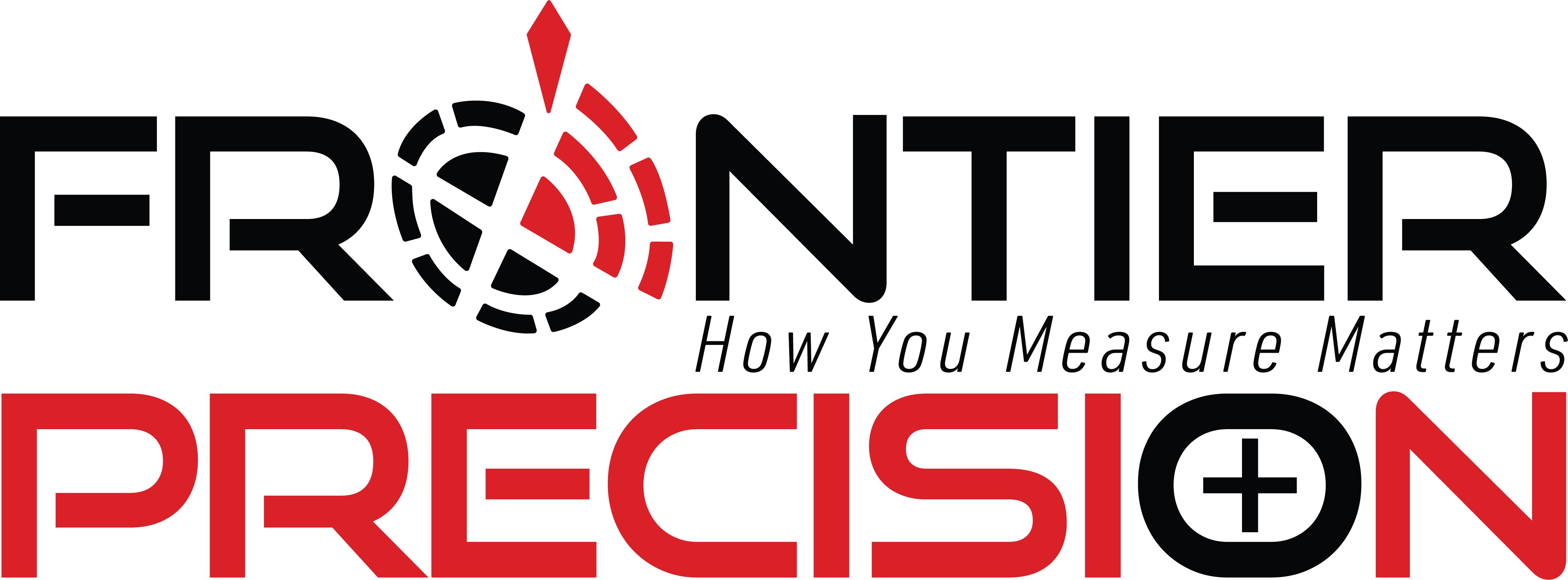Spring is finally here and the 2013 surveying and construction season is about to take off. Every year we get a lot of questions about GNSS site calibrations. Here we will address four of the more common questions to hopefully provide you some basic knowledge about what calibrations are and what they do.
1.) What is a GNSS site calibration, and how does it work?
A site calibration is a series of mathematical computations that transform WGS84 coordinates into local grid coordinates. A GNSS receiver measures WGS84 latitude, longitude, and ellipsoidal height coordinates to determine its location, however, surveyors typically use a local grid coordinate system. To benefit from the increased accuracy of modern RTK GNSS surveying, the WGS84 coordinates need to be translated into local grid coordinates. This can be accomplished by working in a pre-defined coordinate system with known control, or by performing a GNSS site calibration. Essentially, a GNSS site calibration establishes the relationship between WGS84 latitude, longitude, and ellipsoidal height, with the needed local northing, easting, and elevation.
A site calibration typically consists of a horizontal and a vertical adjustment. The horizontal adjustment is a least squares best fit to make the GNSS derived grid coordinates fit, as closely as possible, to the local control grid coordinates. The parameters resulting from this are a rotation, translation, and a scale of the GNSS coordinates.
The vertical adjustment can be done with or without a geoid model. If you do not have a geoid model, a simple vertical shift as a single point can be applied, or and inclined plane can be computed using the orthometric heights of the local control. If you use a geoid model, an inclined correction plane is created based on the residuals between the geoid defined by the orthometric heights of the local control and the applied geoid model.
2.) Do I need to calibrate?
There really isn’t a yes or no answer to this question. Every project and scenario is different, so the answer will ultimately depend on the situation. However, I can provide you four common scenarios, along with suggestions on what could be done. These scenarios certainly do not reflect all instances in the field, but should give you a good idea of what to look for.
Scenario A:
I want to work in a pre-defined coordinate system, and I have known control to set my base station on, and known control to check into.
My Opinion:
Here no calibration is needed, assuming field checks work out. You would want to select the coordinate system, plus the geoid model when in this field scenario.
Scenario B:
I want to work in a pre-defined coordinate system. I have known control I can check into, but I do not have a good, known point to set my base on.
My Opinion:
A calibration is a good option here. You can select your desired coordinate system in your project setup, and choose an ideal spot on or near your project to set up your base receiver. You are able to start your base survey using the “Here Key” which will give you autonomous NEE coordinates in the coordinate system that you defined. A simple single point calibration can then be use to “translate” your survey from the measured GNSS position, to the known NEE coordinate of the control point. A horizontal shift is applied here. The rotation and the scaling are determined by the selected coordinate system. A vertical shift is also applied. Using a geoid model is recommended under this scenario.
Scenario C:
The survey needs to be in a local coordinate system. An example of this would be a 10,000/10,000 system.
My Opinion:
A calibration is recommended in this case. There are no pre-loaded local coordinate systems in the controller’s software. A project needs to be created using No Projection/No Datum. The base will need to be started with a “Here Key” to establish a WGS84 coordinate to start the base receiver from. It is recommended to have a minimum of three horizontal control points and four vertical control points to get into the local coordinate system. More details on this recommendation are below. This can be done through various methods of having known local coordinates, or computing coordinates to use in the calibration.
Scenario D:
I am going to do a VRS survey, do I need to calibrate?
My Opinion:
In some instances, scenarios A and C could apply here. However, depending on the VRS network you are using, you may need to do some sort of calibration to tighten up your results. Based on my experience with our local VRS network, a vertical calibration is typically required to get the necessary results needed to perform the work.
3.) How do I calibrate?
Performing a site calibration is relatively easy, provided you know what to look for in your results. This will be discussed a little later. When performing a site calibration, you are essentially pairing a GNSS field measured point with a keyed in, or imported point that has a known NEE coordinate in the desired coordinate system. You then tell the software whether to use that partnership for both horizontal and vertical, horizontal only, or vertical only. Once your results are acceptable, you apply the calibration to your survey, and your field measurements are updated automatically by the software. A calibration can be performed at any time before, during, or after a survey. Note, the calibration must be complete before you can accurately navigate or stakeout to a NEE position. The last calibration applied in a project will be held, and will overwrite any previous calibration. Before you perform a GNSS site calibration, it is important that you know the calibration guidelines to ensure that you calibrate properly.
Horizontal Calibrations:
The guidelines to follow here are “1, 3, or more” with five points being recommended. If you are pre-selecting a coordinate system for your project, it is strongly recommended to only perform a single point calibration. As stated earlier, this will provided a simple translation at the point of interest, and hold rotation and scaling defined within the selected projection.
Never use a two point calibration. Even though you can mathematically rotate, translate, and scale between two points, you do not have any sort of check to see if one of those points are incorrect. You need the third point in the calibration to have a proper check, to make sure you are occupying the right points, have the control keyed in properly, etc.
Three points would be the minimum when doing a multiple point horizontal calibration. In fact, the Trimble software will not give you any sort of measurable residuals until you have the third point pair entered in. Three points will give you the rotation, translation, and scale, along with the proper check. More points are recommended to provide you the best chance at proper network geometry, as well as to enclose your project with your control. If performing a multiple point horizontal calibration, you need to select No Projection/No Datum in your coordinate system settings.
Vertical Calibrations:
The guidelines to follow here are “1, 4, or more” with five points being recommended. A single point vertical calibration is similar to the single point horizontal calibration. A simple vertical shift is performed at the point of interest, and the selected geoid model is held to establish the rest.
It is strongly recommended that two and three point vertical calibrations are avoided. Even though an inclined plane can be established from two or three points, there is not a sufficient check to ensure that the information being used is correct.
Four or more points can not only establish the inclined plane, but also provide the necessary checks needed to ensure that the data is correct. Multiple point vertical calibrations can be performed with or without the geoid model applied, however it is recommended that a geoid model be used to get better results.
Additional Comments:
There are various other things to consider when performing a site calibration. I’m not going to go into detail on these, but some additional things to consider are the geometry and location of your control points, types of observations used in the field, quality of the control used, number of points used in the calibration, base station setup, etc.
4.) What results are good?
Like question number two, I cannot provide a definite answer, but again, can provide some suggestions and things to look for. A few things to keep in mind are, how accurate you need to be for that particular project, be reasonable and remember the system’s capabilities, and the calibration is dependent on the quality of the measurements, the control, and their source.
A site calibration is only applicable for the area it surrounds. This is why it is very important to surround your project with your control.
Any GNSS calibration data is only as good as the data from your base station. If your base station has multipath, so will your calibration points. Observing your calibration points for a longer period of time will help to mitigate the effects of multipath, and provide you better data.
Your residuals should ideally be less than 20mm (0.0656 feet). However, greater may be acceptable, or smaller may be required based on the project specifications. The residual errors should be spread evenly between your calibration points, and the overall accuracy of your calibration is only as good as the standard receiver error, plus your largest residual.
Your scale factor should be as close to 1 as possible. Typically we want to see five zeros or five nines in the scale factor. This isn’t always possible, and less may be acceptable, depending in project size. If this is not possible, you should understand why, and accept what the scale factor is compensating for.
Hopefully this will give you a better understanding of the site calibration process and how it works. This is intended to be a basic overview of the whole calibration process. This information is covered more in depth in the RTK training classes that we provide throughout the year. If you have any comments on this article, additional questions, or are interested in some Trimble Certified RTK training, please email survey_support@frontierprecision.com.
Products
Technical Services
If you require customized technical services and training, please contact Frontier Precision at 800-359-3703 or reach out to a local Frontier Precision location.
Training and Events
Frontier Precision offers affordable regularly scheduled certified training classes, online eLearning, webinars, as well as custom training options to meet your specific training needs.
About Frontier Precision
Contact Frontier Precision












